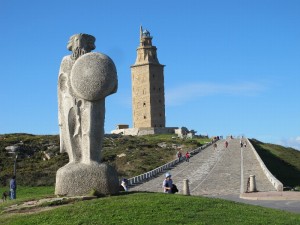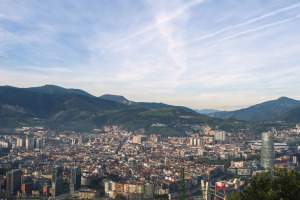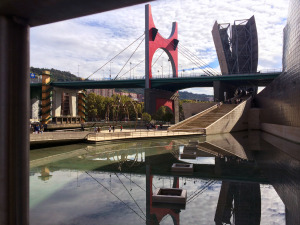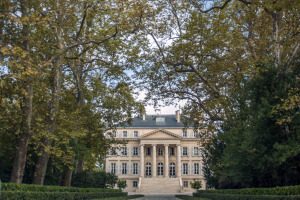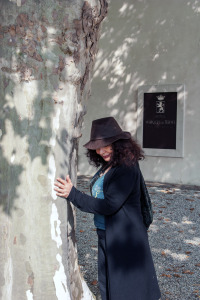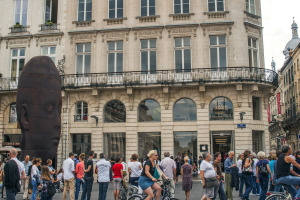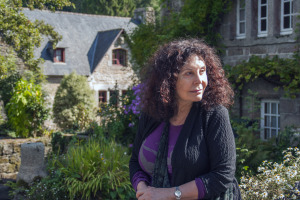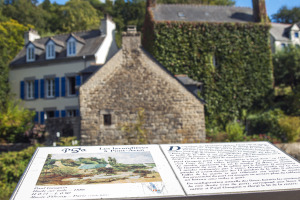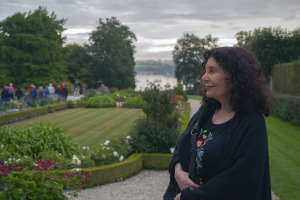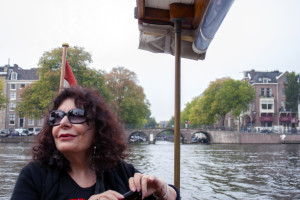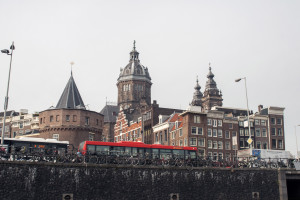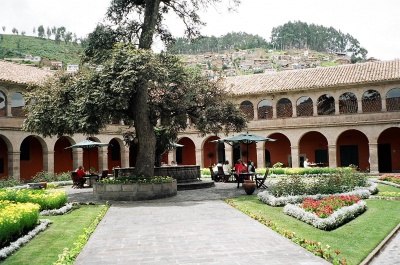It was a rainy, overcast day as we walked through the ancient cobblestoned streets of historic La Coruña – one of Spain’s busiest ports. We passed unusual Celtic monoliths on our way to the remarkable Tower of Hercules, one of the oldest lighthouses in the world that is still in operation.
The Tower of Hercules is still standing at 187-ft and can be seen from 32-miles away. Now declared a National Monument and UNESCO World Heritage Site, it was constructed by the Romans in the 2nd Century A.D. by the order of Emperor Trajan – dedicated to Mars. Through the millennia, many mythical stories of its origin have been told. According to a myth that blends Celtic and Greco-Roman elements, the hero Hercules slew the giant tyrant Geryon after three days and three nights of continuous battle. Hercules then—in a Celtic gesture— buried the head of Geryon with his weapons and ordered that a city be built on the site. This myth is represented by the skull and crossbones that can be seen atop the lighthouse and appears in the coat-of-arms of the city of La Coruña.










